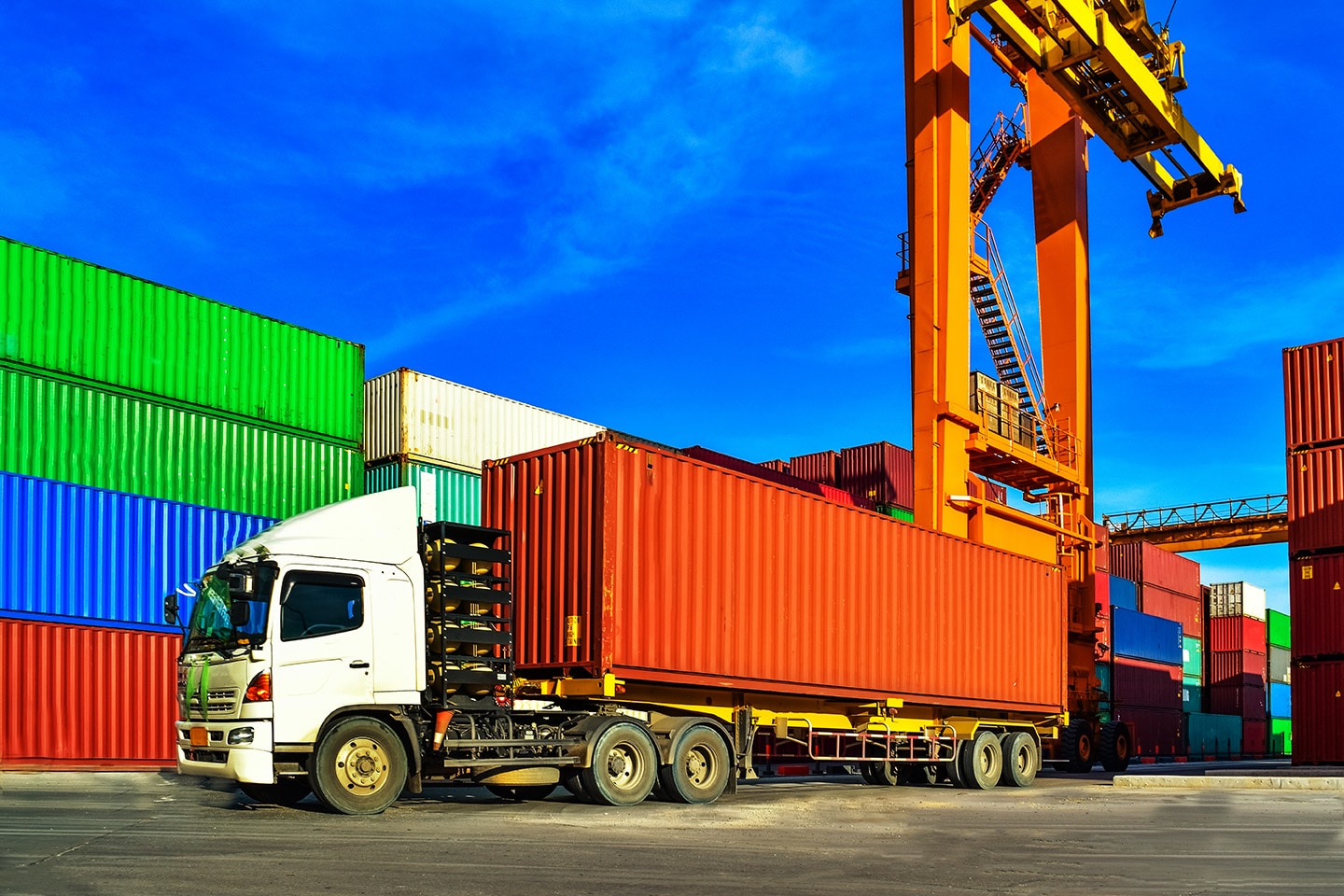
Unpacking the Boom: E-commerce's Impact on Logistics Services in India
In recent years, India has experienced a transformative shift in its retail landscape, largely driven by the exponential growth of e-commerce platforms. This surge in online shopping has not only revolutionized consumer behavior but has also significantly impacted the logistics and supply chain industry across the country. From faster deliveries to last-mile innovations, the rise of e-commerce has reshaped how goods are transported, stored, and delivered in India.
Evolution of E-commerce in India
The e-commerce sector in India has witnessed remarkable growth over the past decade. Companies like Flipkart, Amazon, and more recently, Reliance's JioMart, have capitalized on increasing internet penetration and smartphone usage to reach millions of consumers, even in remote areas. The convenience, variety, and competitive pricing offered by these platforms have propelled a shift in consumer habits, with more people opting to shop online for a wide range of products, from electronics and apparel to groceries and daily essentials.
Impact on Logistics Infrastructure
The growth of e-commerce has spurred significant investments in logistics infrastructure across India. Traditional supply chains faced challenges in meeting the demands of online retail, which required faster and more efficient delivery mechanisms. As a result, logistics companies have ramped up their capabilities, leveraging technology and automation to streamline operations. Warehousing facilities have expanded, especially near urban centers, to serve as distribution hubs for swift order fulfillment.
Last-Mile Innovations
One of the most noticeable impacts of e-commerce on logistics is the focus on last-mile delivery. This final leg of the delivery process, from distribution centers to the customer's doorstep, has seen innovations such as delivery drones, automated lockers, and crowd-sourced delivery models. Companies are experimenting with various strategies to shorten delivery times and enhance customer convenience, a critical aspect in retaining customers in this competitive market.
Challenges and Opportunities
While e-commerce growth presents immense opportunities for logistics providers, it also comes with its set of challenges. The demand for faster deliveries and real-time tracking requires sophisticated logistics management systems, which not all companies are equipped to handle. Moreover, logistics costs can be a significant portion of the overall operational expenses for e-commerce firms, leading to a constant drive for efficiency and cost optimization.
Employment and Skill Development
The expansion of e-commerce has also created employment opportunities, particularly in logistics and transportation. Delivery personnel, warehouse workers, and logistics managers are in high demand, and companies are investing in training programs to develop skilled talent capable of navigating the complexities of modern logistics. This influx of jobs has been particularly beneficial in semi-urban and rural areas, providing livelihoods and economic opportunities to local communities.
Sustainability and Environmental Impact
As e-commerce continues to grow, concerns about its environmental impact have also come to the forefront. The surge in deliveries has led to increased carbon emissions and packaging waste. However, there is a growing emphasis on sustainable practices within the industry, with initiatives such as electric delivery vehicles, eco-friendly packaging, and carbon-neutral logistics operations gaining traction.
Future Outlook
Looking ahead, the symbiotic relationship between e-commerce and logistics services in India is expected to deepen further. Technological advancements like artificial intelligence (AI) and Internet of Things (IoT) will continue to play a pivotal role in optimizing supply chains and enhancing the overall efficiency of logistics operations. The adoption of cutting-edge solutions will enable companies to address evolving consumer demands and maintain a competitive edge in the market.
Conclusion
In conclusion, the explosive growth of logistics services in India has fundamentally transformed the logistics landscape, ushering in a new era of innovation and efficiency. The relationship between e-commerce platforms and logistics providers has become more intertwined than ever, with both sectors driving each other's growth. As the ecosystem continues to evolve, the key to success lies in adaptability, technological integration, and a relentless focus on meeting the evolving needs of Indian consumers in this digital age.